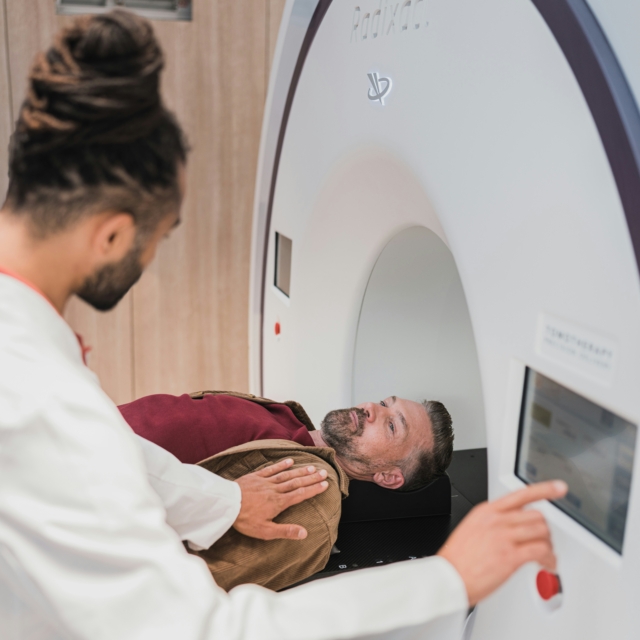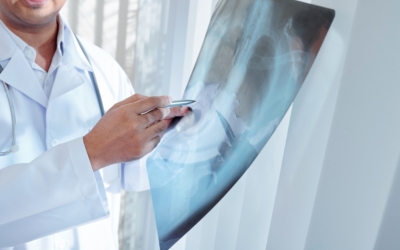Diagnosis and Staging
Diagnosis is the process of identifying the disease that is causing someone’s symptoms. Diagnosing lung cancer can start with visiting your doctor for a symptom or being referred to a doctor because of abnormal screening results. Based on your symptoms and a physical examination, your doctor may refer you to a specialist or order further tests to check for lung cancer.
The diagnosis process can be lengthy, stressful, and frustrating. It’s natural to worry or feel anxious about your test results. However, it’s important to remember that conditions other than lung cancer can cause your symptoms. Therefore, your medical team will conduct various tests to rule out other illnesses before confirming a lung cancer diagnosis. The tests listed below are used to detect lung cancer, confirm the diagnosis, and determine if it has spread to other parts of the body. Some of these tests also assess your overall health and help tailor your treatment plan.





